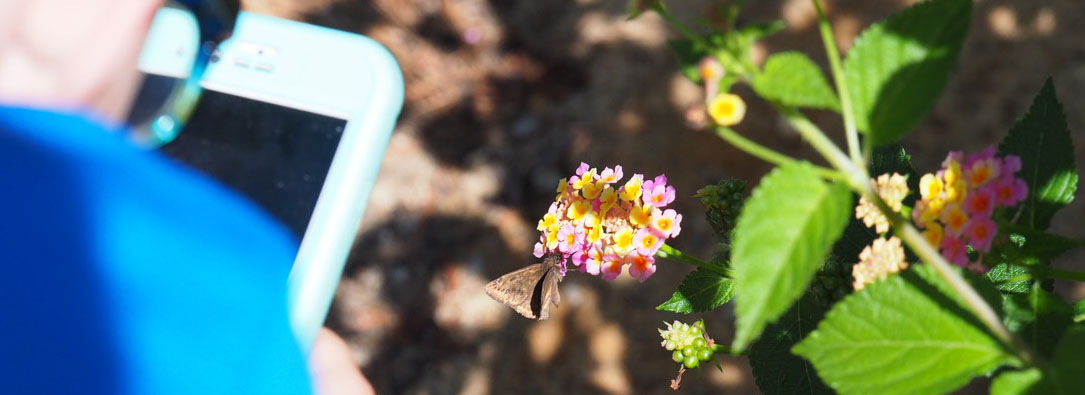Help to survey backyard biodiversity throughout the 3rd largest watershed on the east coast as a part of the Winyah Wildlife Project!
The Winyah Bay watershed is a mosaic of salt marsh, oyster reefs, pine forests, farm and forestry land, cypress swamps, Carolina Bays, and extensive freshwater wetlands including the largest block of contiguous tidal freshwater wetlands in the state of South Carolina. It is also home to the diverse communities of Georgetown, Andrews and Pawley’s Island, where the lawns, gardens and bare spaces of our backyards create another habitat across the watershed landscape.
You maybe haven’t thought about your own backyard as an ecosystem. However, typically our yards make up forty or fifty percent of a city’s area, and when put together and replicated across a watershed, backyards add up to a significant residential macrosystem. Ecologists, who traditionally ignored these ‘unnatural’ systems, began to wonder whether residential landscapes can support the richness and diversity of species seen in natural landscapes. Their research has shown that these areas have more going on biologically than we assumed. In some cases, cities may even have greater biodiversity than surrounding natural areas because people tend to keep native vegetation while introducing other species into their yards.
So how wild is Winyah?
The mission of the North Inlet-Winyah Bay National Estuarine Research Reserve is to promote stewardship in the North Inlet and Winyah Bay watersheds through science and education. The maintenance of biodiversity in estuarine ecosystems is a priority issue for the Reserve. Gaining a better understanding of diversity throughout our watershed will help to direct future research and education activities to support the continued health, functioning and resilience of our coastal habitats. And also- we’re just curious. But it is not likely that our Reserve staff of 10 is going to be able to complete this kind of assessment alone. Cataloging the species found in even one backyard can be a challenging task.
We are inviting you to take this challenge! This spring we have had to suspend our public education, volunteer and citizen science activities, yet we still need to stay connected with the human and natural communities across the watershed. Through this experience, we have an opportunity to practice some stay-at-home-stewardship. What if we can get people across the watershed to record the plant, insect, bird, reptile and even fungus species they find in their own yards or neighborhood green spaces? Taken as a whole, recording all of the species even in a small yard can be a monumental task, so we will be breaking it down over the coming weeks with tips and other information on how to become you own backyard ecosystem expert.
Here’s how you can join us in the Winyah Wildlife Project:
You don’t need to be an expert naturalist to participate, just a nature enthusiast with a camera and access to the internet. We will be using the platform of iNaturalist to record and share observations. iNaturalist is an online community where nature enthusiasts share observations, get help with identifications, see what other naturalists have found nearby, and expand their nature knowledge while contributing citizen science.
- Create an iNaturalist account. Go to https://www.inaturalist.org/pages/getting+started. You do need a camera, but don’t have to have a smart phone. Observations can be uploaded at the website.
- Search for and join the project “Winyah Wildlife” https://www.inaturalist.org/projects/winyah-wildlife. Your observations will then be automatically added to our project. While you are there, check out and review your fellow researchers’ posts.
- Visit the Project Page to find tips on how to conduct surveys, backyard ecology information, and stewardship challenges.



